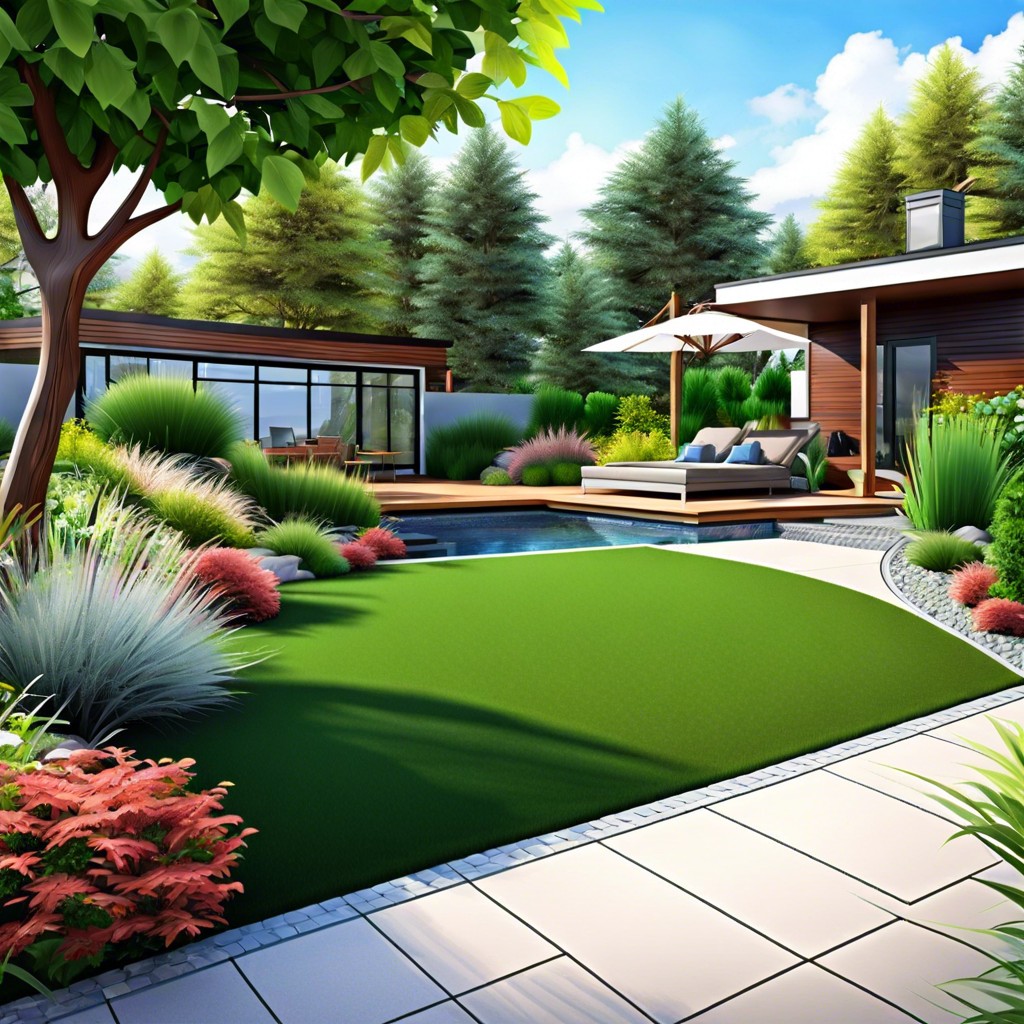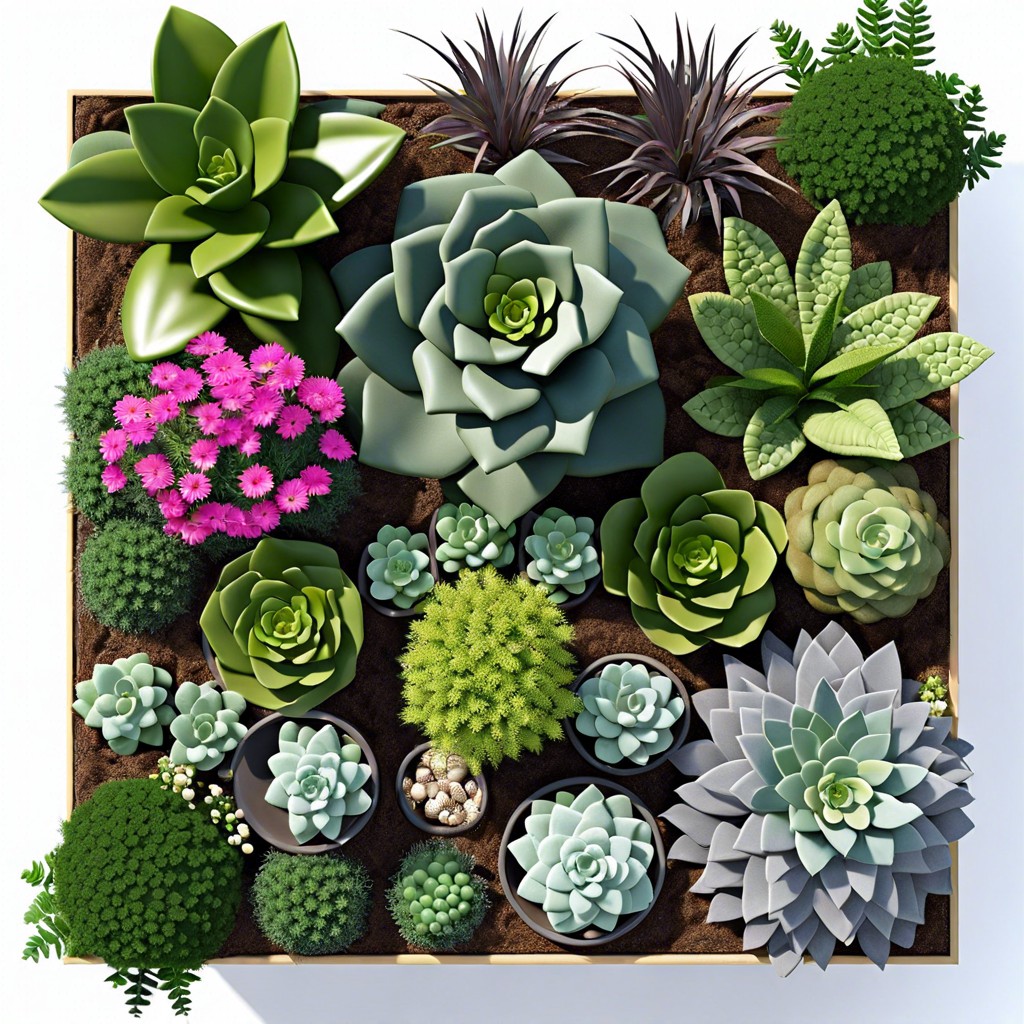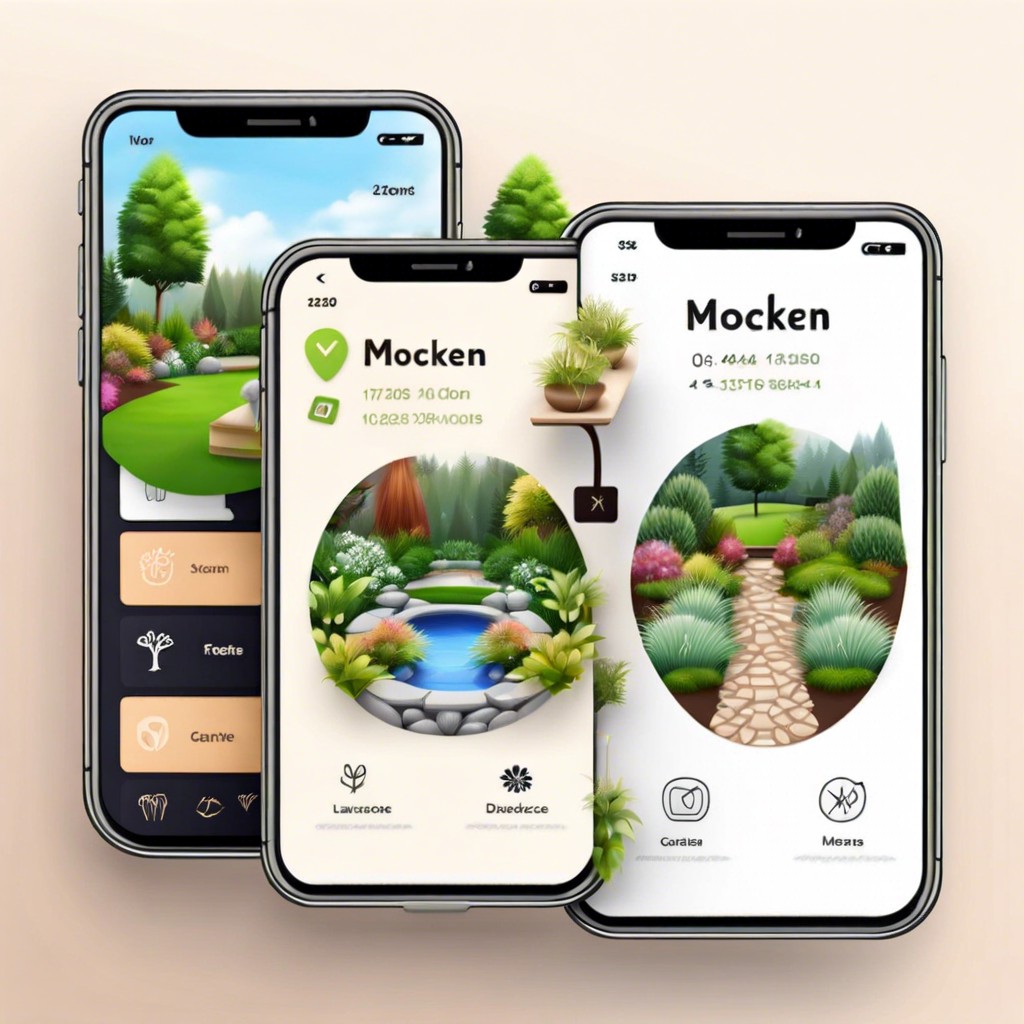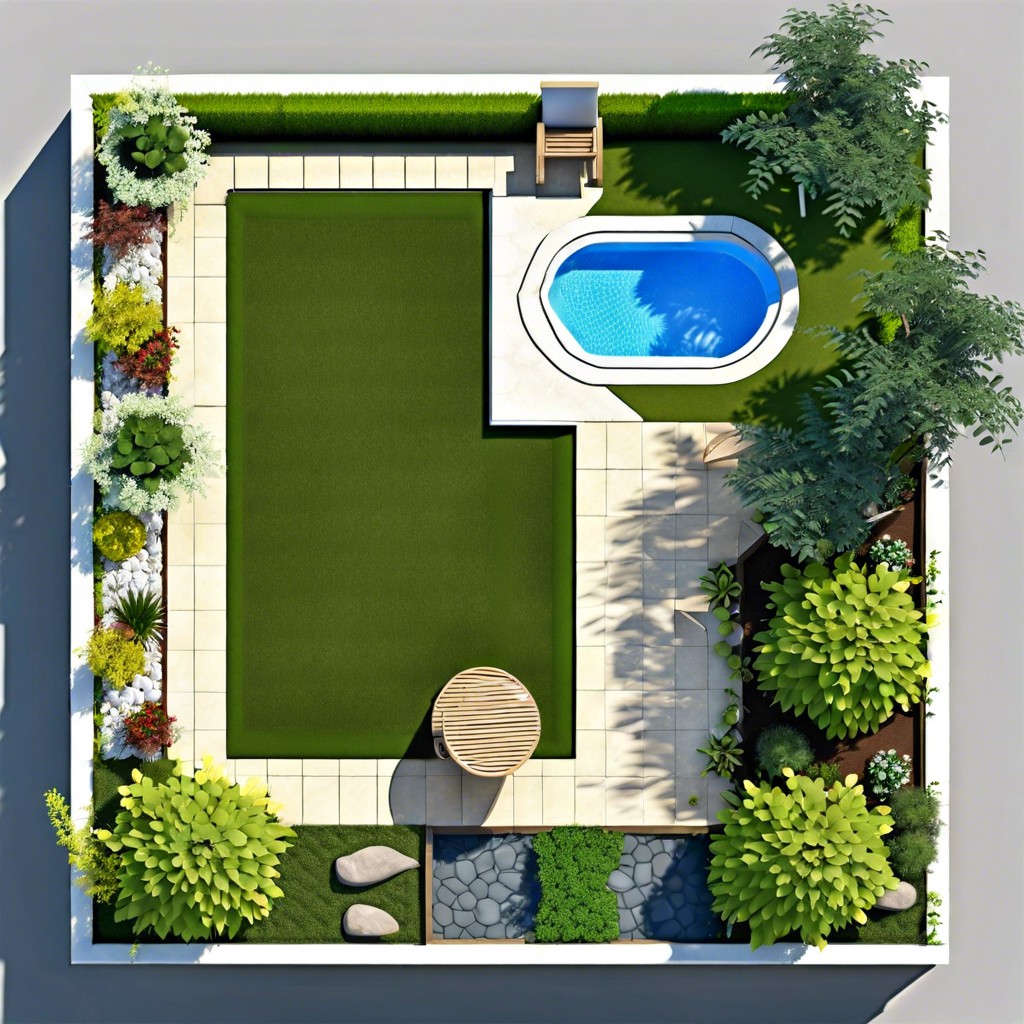Discover the functionalities and benefits of landscape design software, as this article guides you through selecting the right tool to transform your outdoor space planning and visualization efforts.
Key takeaways:
- Landscape design software allows for the creation and visualization of outdoor spaces.
- Essential features to look for include a robust plant library, 2D and 3D design capabilities, accurate scaling, seamless integration with other tools, and a user-friendly interface.
- Popular landscape design software options include Realtime Landscaping Plus, AutoCAD Land Desktop, SketchUp, and PRO Landscape.
- When choosing landscape design software, consider factors such as user experience, feature set, compatibility, rendering quality, cost, support and updates, and training resources.
- Professional landscape design software options include AutoCAD, SketchUp, Vectorworks Landmark, Dynascape, and Land F/X.
Overview of Landscape Design Software

Landscape design software is a digital tool that allows users, from hobbyists to seasoned professionals, to create and visualize outdoor spaces before the physical work begins. It encompasses a range of features allowing for the manipulation of various elements such as plants, trees, and hardscape structures like pathways and walls.
These software programs make it possible to map out areas accurately, taking the guesswork out of spacing and dimensions. This accuracy saves time and resources in the long run. The tools often include a vast library of plant species and materials, offering both generic representations and specific cultivars, to achieve a realistic portrayal of the intended design.
Not only do they enable the creation of two-dimensional site plans, but they also often offer three-dimensional rendering capabilities. This feature allows both designers and clients to walk through a virtual model of the outdoor area, providing a clear understanding of the envisioned space.
Additionally, some software includes resources for climate and growth simulations, water feature design, and lighting plans, which can demonstrate the seasonal changes and time-of-day variations that would affect a landscape.
Equipped with these tools, landscape architects and designers can communicate their ideas more effectively, efficiently collaborate with others involved in the project, and ensure client satisfaction through clear visual representation of their proposed work.
Essential Features of Landscape Design Software
When you’re searching for the right tool to bring your outdoor visions to life, a suite of essential features can make all the difference. First, look for software that offers a robust plant library. A comprehensive collection with a variety of species helps you to not only visualize but also to select plants that fit the specific climate and soil conditions of your project.
The ability to create 2D and 3D designs is another must-have. While 2D layouts offer a top-down view of the space, 3D modeling provides a more life-like representation, allowing you and your clients to virtually stroll through the designed landscape.
Accurate scaling is crucial for realistic designs and proper plant spacing. Some software includes GPS functionalities to map out an area precisely, ensuring that designs are both beautiful and functional.
Seamless integration with other tools is a game-changer, too. Be it importing images or site plans, compatibility with file formats such as JPEG, PNG, or DXF prevents the hassle of switching between multiple platforms.
Lastly, consider software that has a drag-and-drop interface. It’s user-friendly and saves you time. You don’t need to be a tech wizard to build an outdoor space; straightforward navigation and intuitive controls should allow you to focus on creativity, not on mastering complicated software.
Comparison of Popular Landscape Design Software
When deciding between the various landscape design software options on the market, it’s helpful to compare their key attributes. Here’s a brief look at several popular tools and what sets them apart:
Realtime Landscaping Plus offers a user-friendly interface suitable for homeowners and DIY enthusiasts. Its strength lies in the ease of creating photorealistic designs without a steep learning curve.
For those seeking advanced functionality, AutoCAD Land Desktop provides powerful CAD tools tailored for professional land planners. Its precision and wide range of features make it a go-to for complex projects, though it comes with a higher price tag and requires more technical expertise.
SketchUp, on the other hand, is celebrated for its 3D modeling capabilities. It’s a versatile choice that serves well for both beginners and seasoned designers thanks to its intuitive controls and extensive component library.
PRO Landscape is aimed at professionals seeking comprehensive solutions. From detailed site analysis to photo imaging and 3D rendering, it covers all phases of design, but it can be overwhelming for novices due to its extensive feature set.
By carefully assessing features like ease of use, 3D modeling options, CAD functionality, cost considerations, and the availability of a mobile app, you can narrow down the landscape design software that best meets your specific needs. Remember, it’s not just about the tool’s capabilities, but also how well it aligns with your project’s scale and your own proficiency.
Factors to Consider When Choosing Landscape Design Software
When selecting the right landscape design software for your needs, it’s essential to weigh several factors that will impact your work’s quality, efficiency, and enjoyability. Here are some key considerations:
**User Experience**: A good program should be user-friendly, with an intuitive interface that feels natural to navigate. Whether you’re a beginner or an expert, the ease of use can greatly influence your productivity.
**Feature Set**: Ensure the software has all the necessary tools for your landscape design projects, such as plant libraries, hardscape elements, topography options, and the ability to import site plans.
**Compatibility**: The software should work seamlessly with other tools you use, like CAD programs or image editors. Also, it should be compatible with the hardware and operating system you currently have.
**Rendering Quality**: High-quality visuals are crucial for presenting your ideas to clients. Look for software that provides realistic rendering capabilities, including lighting, shadows, and textures.
**Cost**: Price can be a deal-breaker for many. Determine your budget beforehand and consider the value you’re getting for the investment. Some software options have a one-time purchase price, while others offer monthly or yearly subscriptions.
**Support and Updates**: Access to responsive customer support and regular software updates can prevent potential interruptions in your workflow and ensure the longevity of your software.
**Training Resources**: Especially for complex software, having access to tutorials, forums, or training sessions can help you get up to speed quickly and make the most out of the software’s features.
Keep all these aspects in mind to make an informed decision that will best serve your landscape design projects and help bring your creative visions to life.
Examples of Professional Landscape Design Software
Professionals in the field of landscape design have a variety of software options to bring their visions to life. These sophisticated tools aim to simplify complex tasks through features that support 2D drafting, 3D modeling, photorealistic rendering, and even highly detailed site planning.
One of the leading choices is AutoCAD, a versatile program preferred by many for its precision drawing capabilities, extensive object libraries, and collaboration tools. It’s particularly favored for creating technical site plans that require exact measurements and scaled diagrams.
SketchUp is another front-runner, lauded for its user-friendly interface and 3D modeling prowess. It allows designers to play with elevation, apply textures, and integrate with Google Earth to visualize how a landscape will look in a real-world setting.
For those seeking a solution tailored to landscape architecture, Vectorworks Landmark is a reliable option. It merges 2D and 3D design functions and includes tools specific for planting designs, terrain modeling, and irrigation planning, making it a comprehensive pick for the industry.
Dynascape stands out for its detail-focused design workflow, providing an array of features for design, business management, and even job automation. It’s revered for its high-quality drawings and ability to streamline the design process from idea to implementation.
Landscape architects who prioritize sustainability often turn to Land F/X. This software integrates with AutoCAD and SketchUp to offer specialized tools for site analysis, water management, species selection, and other environmentally responsible design practices.
Each of these platforms has distinct strengths, contributing to the efficient creation and management of landscape projects. They cater to various aspects of design, from technical details to creative experimentation, ensuring that professionals can find a digital workspace that aligns with their specific needs.




